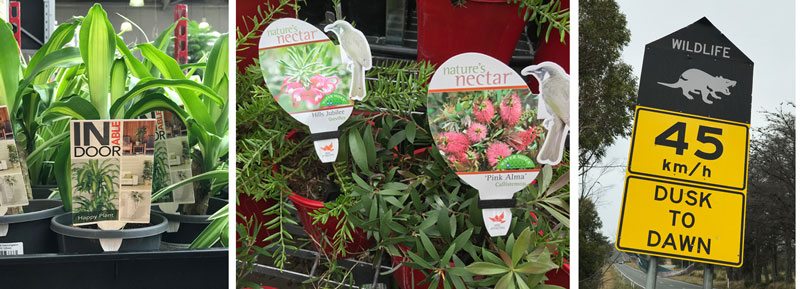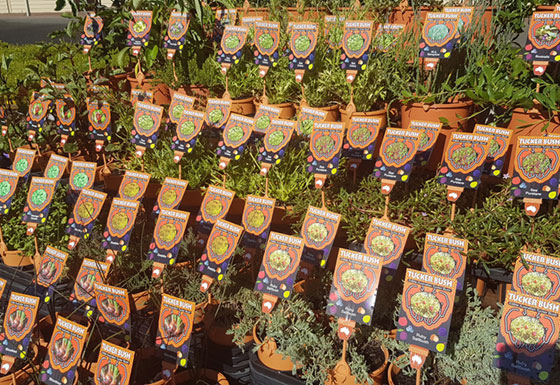5/1/2018
Highlights from Hobart
Chris Beytes
I’ll admit, I had to look up Tasmania on the map to make sure I didn’t mix it up with Tanzania or Transylvania. It’s one of Australia’s seven states and it’s an island located about 150 miles due south of Melbourne. Size-wise, it’s like West Virginia; the population is about 500,000 with half of those Aussies living in and around Hobart.
As for garden retail: I might say that if you’ve been to California and visited independent or big-box retailers there, you have a good feel for retail on Tasmania. The climate and geography—at least during the summer week I was there—was remarkably like California: cool and crisp, with low humidity and clear blue skies. The hillsides were brown (it’s been dry) and the vegetation is arid/Mediterranean/tropical, with eucalyptus (the fabled gum tree), acacia (wattle), dianella (flax), leptospermum (tea tree), tree ferns. tropical gingers and Italian cypress. We saw a wide range of these for sale at retail.
It’s a small retail industry, with about two dozen good independents, seven big Bunnings warehouses and a handful of Mitre 10 stores (a competing big box). I’m told there are also a plethora of unlicensed backyard grower/retailers, doing orchids, natives and the like.
Australia has long been great at tagging, especially on annuals, which are often sold small and green, so the tag has to do the selling. Now there’s hardly a plant that doesn’t have a big picture tag and maybe a printed pot, too. Tagging company Norwood does a fantastic job creating unique branding and interesting die-cut shapes.

Like here, hot crop categories include succulents and edibles, including herbs, veggies and fruits, including natives. One fellow who said he attended all three of my talks (but never got a chance to introduce himself) emailed me later to show me his brand of Australian native edibles called Tucker Bush (“tucker” being Australian slang for food and “bush” being the native landscape). His goal is to popularize native edibles in the modern lifestyle and cuisine.
 Prices are generous, even figuring in the exchange rate. But that’s in large part because of the cost of getting supplies to the isolated island, plus the strict phytosanitary regulations that limit imports of plant material. And the high wages—minimum wage in Australia is $17.70/hr. AUS ($13.79 U.S.).
Prices are generous, even figuring in the exchange rate. But that’s in large part because of the cost of getting supplies to the isolated island, plus the strict phytosanitary regulations that limit imports of plant material. And the high wages—minimum wage in Australia is $17.70/hr. AUS ($13.79 U.S.).
Overall, the season has been good and the mood going into fall was upbeat. Retailers in Tasmania worry about the same things you do: the weather, finding and keeping good people, and getting younger folks to garden. Being a British commonwealth, Australia does have a strong gardening culture. But like the UK and the rest of the world, that connection to the agrarian past is slipping away generation by generation. Thankfully, I noted many young people in the audience who run nurseries and garden centers and who are active in NGIA, so the future appears bright. GP